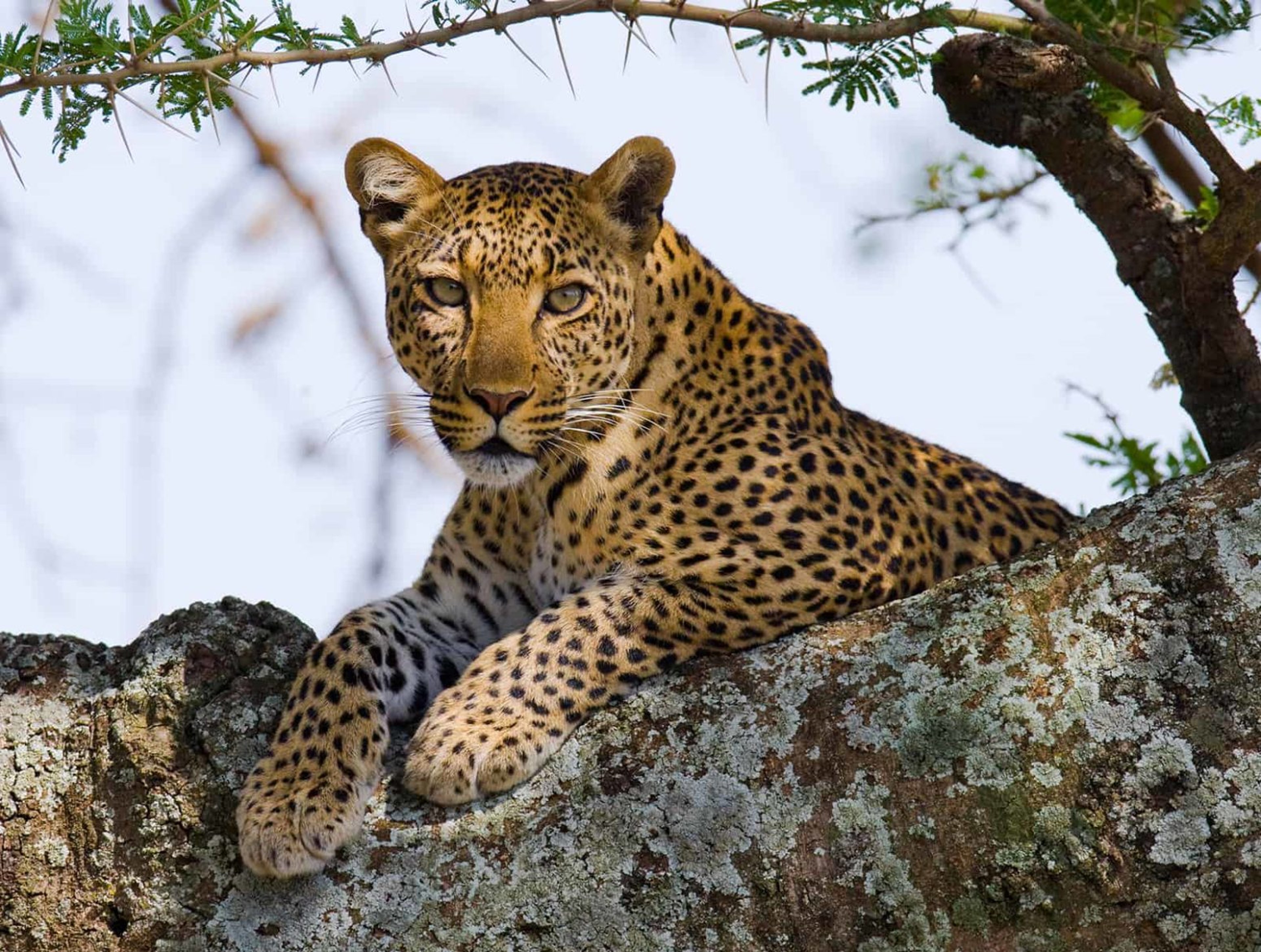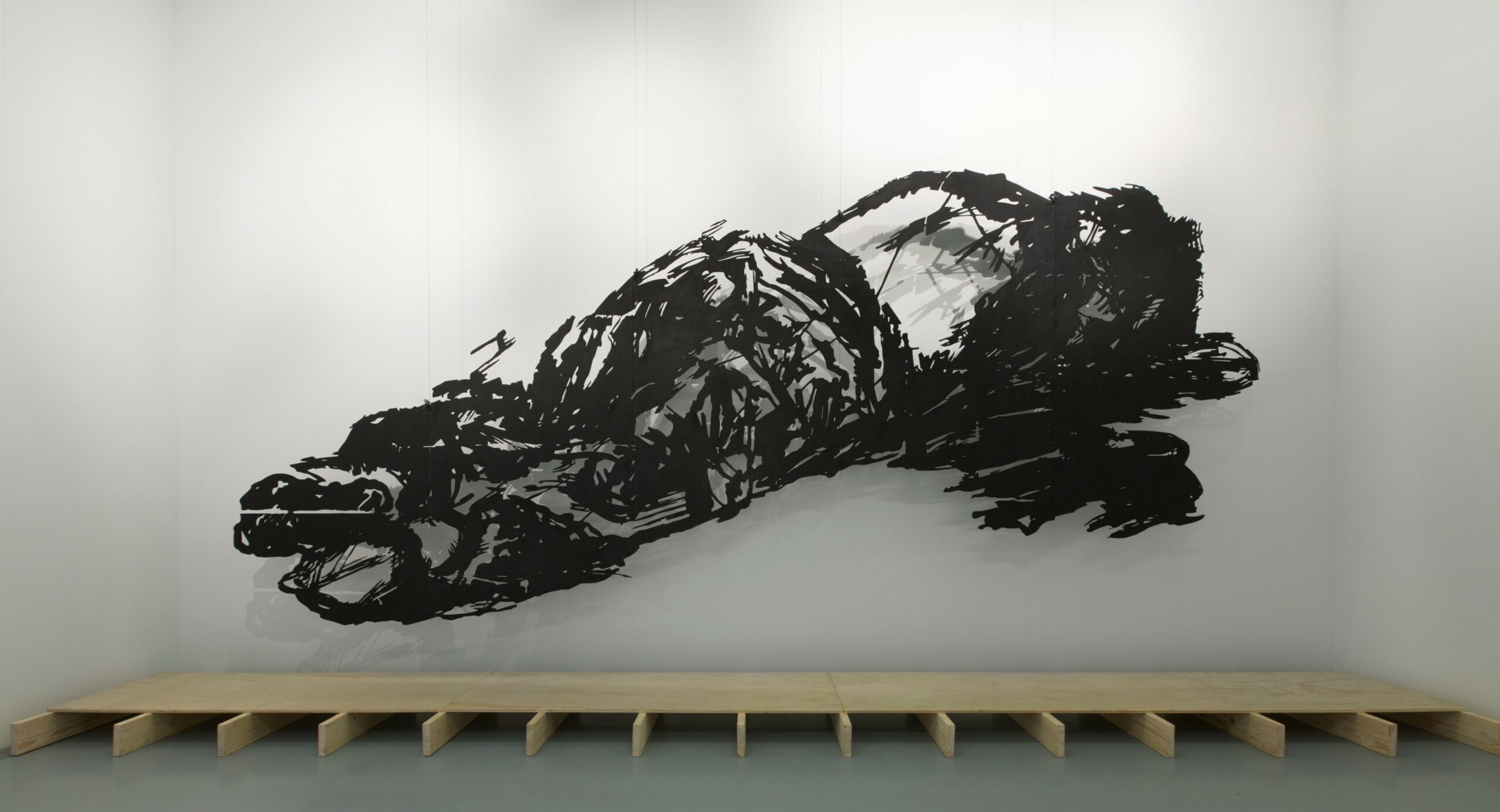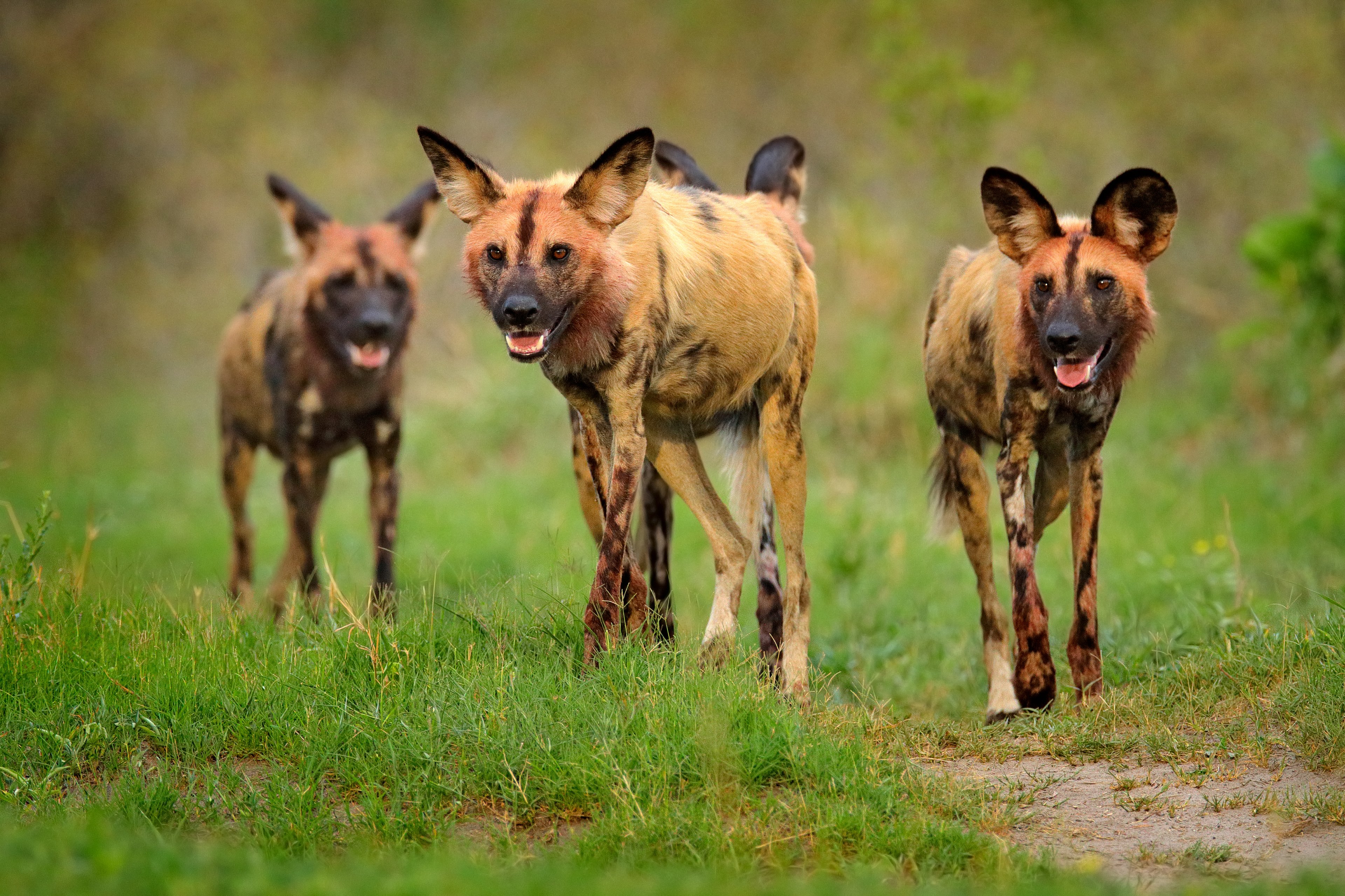Furs For Life
If you are privileged enough to have seen a leopard in the wild, you will instantly understand why the sight of this elusive and largely nocturnal animal is such a prized encounter. Possessed of a powerful yet elegant gait, leopards are stealth-like with a tactical approach to hunting that makes them a notoriously silent killer. They are also highly adaptable and as at home climbing trees as they are swimming. But it is their light-colored coats with a distinctive dark spot or rosette (it’s thought to resemble a rose) that makes them an icon of the wild. So much so, that despite the vagaries of fashion, the exotic predatory pattern of leopard has endured as a fashion statement for well over a century.
Ironically, this international predilection for the beauty of leopard print has made them a victim of their own success. Far from the global catwalks in southern Africa, real leopard skins are just as highly coveted by members of the Nazareth Baptist "Shembe" Church who wear the furs during religious celebrations and ceremonies. With the leopard now extinct in six countries, it is believed that human expansion has cost leopards an estimated 66% of their range in Africa. However, the heaviest poaching occurs in South Africa, where fewer than 5,000 wild leopards remain. Here, the species is largely threatened for their skins and body parts that are used for ceremonial regalia, bushmeat poaching, conflict with local people and trophy hunting.
When global wild cat conservation organization Panthera’s research into leopard decline revealed that some 20,000 leopard skins are used as ceremonial regalia, the group came up with a novel plan. Under the auspices of Furs for Life, a dynamic partnership with fashion house Cartier and the Peace Parks Foundation, their aim to protect and revive the leopard population while respecting the cultural traditions of the Shembe came to fruition in 2014. The leopard print-obsessed fashion industry had the opportunity to give back by aiding in the design of a high-quality, durable and realistic fake leopard fur cape known as amambatha.





